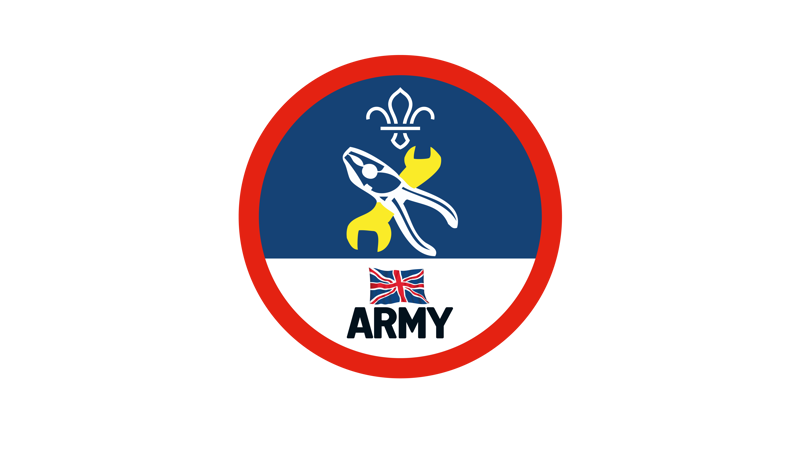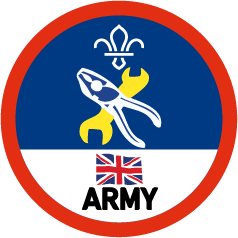
Rubber for the road
You’ll need
- Replacement wheel
- Wheel wrench
- Access to a motorcycle (with the correct manual)
You may need to change a wheel for many reasons such as a flat tyre or unbalanced wheel. It is very important to make sure it’s done right as your wheels are what keep you on the road, turn you where you want to go and help you stop too. Changing a wheel can be quite simple but must be done correctly every time to avoid causing an accident.
Guidelines
- Changing the wheel on a motorcycle can be much different and more difficult than changing one on a car.
- When removing motorcycle wheels the brake calipers will need to be removed from the brake discs. You may also need to remove axles and the drive chain, this process will be different on every motorcycle.
- You must make sure to follow the manufacturer’s guidelines and if you are at all unsure you should have the wheel removed or replaced by a professional mechanic.
Reflection
This activity was all about developing skills. Why’s it useful to be able to get stuck in to vehicle maintenance? It helps keep people safe and can save you money too. It’s also better for the environment to look after vehicles so less resources are used to repair avoidable faults (or even replace cars). Was it easy to learn this skill? Is this skill the same for every single vehicle, or would people still need to check the manual?
This activity also gave people the chance to be independent. How did it feel to get stuck in to a practical task? What role did the adults have in this activity? They supervised to make sure no one (and no vehicles) got hurt.
Safety
All activities must be safely managed. You must complete a thorough risk assessment and take appropriate steps to reduce risk. Use the safety checklist to help you plan and risk assess your activity. Always get approval for the activity, and have suitable supervision and an InTouch process.
- Chemicals
This task involves the use of potentially harmful fluids or chemicals. Make sure you follow all relevant safety guidance. Make sure you dispose of them appropriately too, in line with safety guidance.
- Manufacturer’s guidelines
All vehicles will be different so always follow the manufacturer’s guidelines.
- PPE
Before completing this activity make sure you have suitable personal protective equipment (PPE). This could include eye or ear protection, gloves, and anything else you need to protect yourself. You’ll know what you need as a result of completing the risk assessment for the activity.
- Vehicle readiness
Before completing this activity, make sure that the engine’s fully cooled. The vehicle should be parked on flat, stable ground with the parking brake applied.
- Outdoor activities
You must have permission to use the location. Always check the weather forecast, and inform parents and carers of any change in venue.
While this activity must always be supervised and guided by someone competent, they can vary the level of hands-on help they provide. People with more knowledge and experience should do more for themselves (with supervision); people with less knowledge and experience may need more hands-on help.
The person supervising and guiding the activity can help out with parts anyone finds tricky including reading instructions, lifting or moving heavy objects, or doing the smaller or more fiddly tasks.
All Scout activities should be inclusive and accessible.
This activity’s just one area of vehicle maintenance and repair. Encourage anyone who’s interested to complete the other activities in the Scouts Mechanic Activity Badge.
Involve young people in the decision about how to do the Scouts Mechanic Badge (if they want to do it at all) – would they rather do the activities separately over different meetings or as part of an activity day? Just because this activity needs supervision (and you can’t alter the content or safety guidance), doesn’t mean young people can’t have a say.
